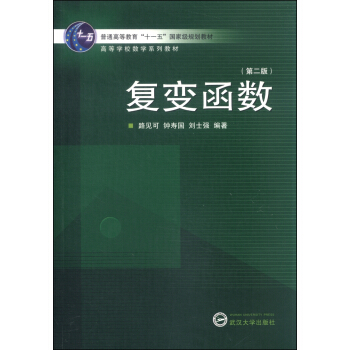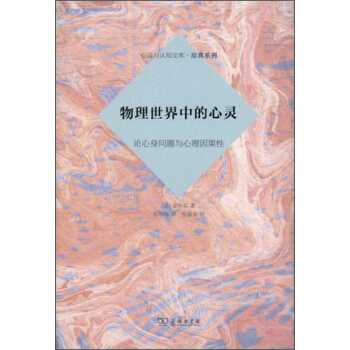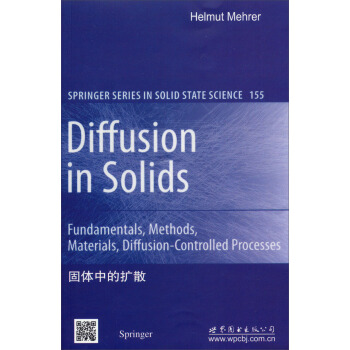

具体描述
内容简介
扩散一及二定律及其在各种条件下的解反映了原子扩散的宏观规律,这些规律为解决许多与扩散有关的实际问题奠定了基础。在扩散定律中,扩散系数是衡量原子扩散能力的非常重要的参数,到目前为止它还是一个未知数。为了求出扩散系数,首先要建立扩散系数与扩散的其他宏观量和微观量之间的联系,这是扩散理论的重要内容。事实上,宏观扩散现象是微观中大量原子的无规则跳动的统计结果。从原子的微观跳动出发,研究扩散的原子理论、扩散的微观机制以及微观理论与宏观现象之间的联系是本节的主要内容。内页插图
目录
History and Bibliography of Diffusion1.1 Pioneers and Landmarks of DiffusionReferences1.2 Bibliography of Solid-State DiffusionPart I Fundamentals of DiffusionContinuum Theory of Diffusion2.1 Fick's Laws in Isotropic Media2.1.1 Fick's First Law2.1.2 Equation of Continuity2.1.3 Fick's Second Law - the 'Diffusion Equation'2.2 Diffusion Equation in Various Coordinates2.3 Fick's Laws in Anisotropic MediaReferencesSolutions of the Diffusion Equation3.1 Steady-State Diffusion3.2 Non-Steady-State Diffusion in one Dimension3.2.1 Thin-Film Solution3.2.2 Extended Initial Distributionand Constant Surface Concentration3.2.3 Method of Laplace Transformation3.2.4 Diffusion in a Plane Sheet - Separation of Variables3.2.5 Radial Diffusion in a Cylinder3.2.6 Radial Diffusion in a Sphere3.3 Point Source in one, two, and three DimensionsReferences4 Random Walk Theory and Atomic Jump Process4.1 Random Walk and Diffusion4.1.1 A Simplified Model4.1.2 Einstein-Smoluchowski Relation4.1.3 Random Walk on a Lattice4.1.4 Correlation Factor4.2 Atomic Jump ProcessReferencesPoint Defects in Crystals5.1 Pure Metals5.1.1 Vacancies5.1.2 Divacancies5.1.3 Determination of Vacancy Properties5.1.4 Self-Interstitials5.2 Substitutional Binary Alloys.5.2.1 Vacancies in Dilute Alloys5.2.2 Vacancies in Concentrated Alloys5.3 Ionic Compounds5.3.1 Frenkel Disorder5.3.2 Schottky Disorder5.4 Intermetallics5.5 SemiconductorsReferences6 Diffusion Mechanisms6.1 Interstitial Mechanism6.2 Collective Mechanisms6.3 Vacancy Mechanism6.4 Divacancy Mechanism6.5 Interstitialcy Mechanism6.6 Interstitial-substitutional Exchange MechanismsReferencesCorrelation in Solid-State Diffusion7.1 Interstitial Mechanism7.2 Interstitialcy Mechanism7.3 Vacancy Mechanism of Self-diffusion7.3.1 A 'Rule of Thumb'7.3.2 Vacancy-tracer Encounters7.3.3 Spatial and Temporal Correlation7.3.4 Calculation of Correlation Factors7.4 Correlation Factors of Self-diffusion7.5 Vacancy-mediated Solute Diffusion7.5.1 Face-Centered Cubic Solvents7.5.2 Body-Centered Cubic Solvents7.5.3 Diamond Structure Solvents7.6 Concluding RemarksReferences……PartⅡ Experimental MethodsPartⅢ Diffusion in Metallic MaterialsPartⅣ Diffusion in Semiconductors PartⅤ Diffusion and Conduction in Ionic MaterialsPartⅥ Diffusion in GlassesPartⅦ Diffusion along High-Diffusivity Paths and in NanomaterialsIndex精彩书摘
6.2 Collective Mechanisms Solute atoms similar in size to the host atoms usually form substitutionalsolid solutions. The diffusion of substitutional solutes and of solvent atomsthemselves requires a mechanism different from interstitial diffusion. In the1930s it was suggested that self- and substitutional solute diffusion in metalsoccurs by a direct exchange of neighbouring atoms (Fig. 6.3), in whichtwo atoms move simultaneously. In a close-packed lattice this mechanismrequires large distortions to squeeze the atoms through. This entails a highactivation barrier and makes this process energetically unfavourable. Theoret-ical calculations of the activation enthalpy for self-diffusion of Cu performedby HUNTINGTON ET AL. in the 1940s [1, 2], which were confirmed later bymore sophisticated theoretical approaches, led to the conclusion that directexchange at least in close-packed structures was not a likely mechanism. The so-called ring mechanism of diffusion was proposed for crystallinesolids by the American metallurgist JEFFRIES [3] already in the 1920s andadvocated by ZENER in the 1950s [4]. The ring mechanism corresponds toa rotation of 3 (or more) atoms as a group by one atom distance. The requiredlattice distortions are not as great as in a direct exchange. Ring versions ofatomic exchanges have lower activation energies but increase the amount ofcollective atomic motion, which makes this more complex mechanism unlikelyfor most crystalline substances. Direct exchange and ring mechanisms have in common that lattice de-fects are not involved. The observation of the so-called KirkendaU effect inalloys by KIRKENDALL AND COWORKERS [5, 6] during the 1940s had an im-portant impact on the field (see also Chaps. 1 and 10). The Kirkendall effectshowed that the self-diffusivities of atoms in a substitutional binary alloy dif-fuse at different rates. Neither the direct exchange nor the ring mechanismcan explain this observation. As a consequence, the ideas of direct or ringexchanges were abandoned in the diffusion literature. ……前言/序言
用户评价
我抱着一种学习的心态来翻开这本书,但很快就被其中严谨的逻辑和丰富的案例所吸引。它不像我之前读过的某些科普读物那样,为了迎合大众而过度简化,反而保留了足够的研究深度,让我感觉是在与一位经验丰富的导师对话。每一章的开篇,都会对核心概念进行清晰的界定,并且提供相关的历史背景,这让我能够理解这些概念是如何一步步发展演变而来的。我尤其欣赏作者在阐述过程中,对于不同模型和理论的比较分析。他并没有简单地罗列事实,而是深入探讨了各种模型在解释扩散现象时的优势与局限性,这迫使我开始批判性地思考,而不是全盘接受。书中引用的实验数据和图表,都显得非常详实,并且配有详细的说明,让我能够清楚地看到理论是如何与实际观测相结合的。我甚至能够想象到,在作者研究这些内容的时候,是如何在实验室中一次次地进行尝试、调整参数、分析结果。这种对细节的执着,让我对书中的内容更加信服。它不仅仅是在讲述“是什么”,更是在告诉我“如何去认识和理解”。
评分这本书的文字风格有一种独特的魅力,既有学术的严谨,又不失一种娓娓道来的亲切感。作者在讲解复杂概念时,常常会运用一些巧妙的比喻,将抽象的物理过程具象化,让我在脑海中形成清晰的图像。例如,在描述原子或分子的随机运动时,他可能会将它们比作在拥挤的城市街道上漫无目的地行走的人们,或者是在微风中摇曳的花瓣。这种形象的比喻,让我瞬间就理解了那些原本难以想象的微观运动。同时,作者在叙述时,并没有使用过于生僻的专业术语,即使偶尔出现,也会给出清晰的解释。这让我感觉,即使我不是物理学专业的科班出身,也能够跟随他的思路,一步步地理解书中的内容。我甚至能够感受到作者在写作时,那种希望将知识传递给更多人的热情。这本书没有高高在上的姿态,而是真诚地邀请读者一同探索。这种平易近人的风格,让我愿意花更多的时间去品味其中的每一个字句,去感受作者的匠心独运。
评分这本书的深度让我一度感到有些挑战,但正是这种挑战,让我获得了巨大的成就感。它并没有像一些入门级的读物那样,提供现成的答案,而是引导我主动去思考、去探索。在阅读过程中,我常常会停下来,反复琢磨作者提出的问题,试图自己先去解答,然后再对照书中的论述。有时候,我会因为一个未能理解的公式而感到困惑,但当作者给出详细的推导过程,或者引入相关的数学工具时,我就会恍然大悟。这种“烧脑”的过程,反而让我对知识的理解更加深刻。它就像是在训练我的思维能力,让我学会如何去分析问题、解决问题。我从中不仅学到了关于“扩散”的知识,更学到了一种严谨的治学态度。我开始明白,科学的进步,正是源于这种不断质疑、不断探索的精神。这本书让我看到了科学研究的真实面貌,它并非一蹴而就,而是需要付出大量的努力和智慧。我享受这种挑战自我的过程,也因此对科学研究有了更深的敬意。
评分这本书的封面设计就足够吸引人了,它选择了一种非常简洁而又富有深度的视觉语言。那种深邃的蓝色背景,仿佛是无限延展的空间,上面点缀着一些若隐若现的光点,又像是微观世界中的原子在无序地运动。这种设计立刻就勾起了我内心深处对物质世界奥秘的好奇心。我开始想象,在这本书的字里行间,会是怎样一番探索之旅?它会不会带领我走进一个微观的宇宙,在那里,原子、分子不再是抽象的概念,而是有着生命力般地在空间中穿梭、碰撞、渗透?我期待它能用生动形象的比喻,将那些复杂的物理化学原理,转化为我能够理解的生动画面。也许,它会从生活中的例子入手,比如厨房里糖在水中溶解的速度,或者香水在空气中弥漫开来的过程,然后层层深入,揭示其背后蕴含的深刻道理。我希望这本书不仅仅是枯燥的理论堆砌,更应该是一场思维的盛宴,能够激发我不断思考“为什么”。我会想象,作者是如何捕捉到这些无形的力量,又是如何将它们量化、描述,并最终形成一套严谨的理论体系的。这个封面,就像一把钥匙,为我打开了通往未知领域的大门,让我迫不及待地想要一探究竟。
评分这本书给我带来的最大感受,是一种思维方式的转变。我原本以为,“扩散”只是一个物理现象,但读完之后,我发现它触及的领域远不止于此。它似乎在用一种全新的视角,去审视各种看似独立的现象。我在阅读的过程中,不禁会联想到社会学、经济学甚至生物学中的一些问题。比如,信息的传播速度、新思想的接受程度,甚至疾病的蔓延,似乎都能从“扩散”的原理中找到某种共鸣。我开始思考,作者是如何将一个原本属于物理学范畴的概念,延展到如此广泛的领域。它会不会是在探讨一种普适性的规律?它是否暗示着,许多看似复杂的系统,其背后都存在着某种共同的驱动力?我反复咀嚼书中的一些论述,试图从中提炼出更深层次的哲学思考。这本书让我意识到,科学并非是孤立的学科分支,而是相互关联、相互启发的。它不仅仅是关于“在固体中”,更可能是一种“关于一切”的思考方式。这种抽象的连接,让我对世界有了更宏观、更系统的认识。
评分挺不错的书,买回来有时间的时候慢慢学习学习。
评分正版图书值得拥有赞一个
评分好书!很有参考价值!
评分正版图书值得拥有赞一个
评分正版图书值得拥有赞一个
评分挺不错的书,买回来有时间的时候慢慢学习学习。
评分没有想到是本英文书啊,超级值
评分书还是不错的。就是有一页不太好
评分挺不错的书,买回来有时间的时候慢慢学习学习。
相关图书
本站所有内容均为互联网搜索引擎提供的公开搜索信息,本站不存储任何数据与内容,任何内容与数据均与本站无关,如有需要请联系相关搜索引擎包括但不限于百度,google,bing,sogou 等
© 2025 book.idnshop.cc All Rights Reserved. 静思书屋 版权所有


![航天科学与工程专著系列:三维编织复合材料力学性能分析方法 [Mechanical Analysis Method of 3D Braided Composites] pdf epub mobi 电子书 下载](https://pic.tinynews.org/11468133/5397a46fNaf15797c.jpg)
![国际环境译丛(第一辑):荒野与美国思想 [Wilderness & The American Mind] pdf epub mobi 电子书 下载](https://pic.tinynews.org/11507624/53e76825N5c62dd96.jpg)
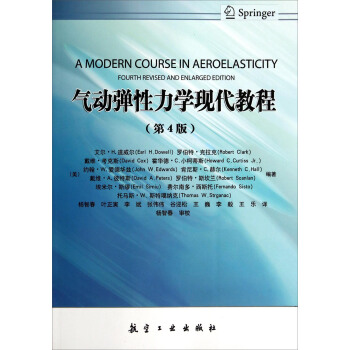

![实变函数(第二版)/高等学校教材 [Function of Real Variable] pdf epub mobi 电子书 下载](https://pic.tinynews.org/11533560/5652a6beNf7e2931e.jpg)
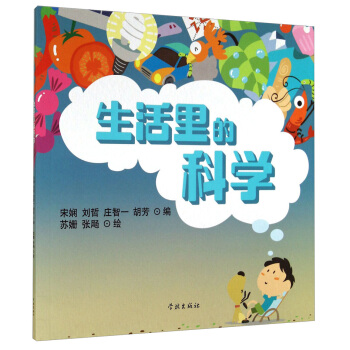
![鲁棒控制理论教程 [A Course in Robust Control Theory] pdf epub mobi 电子书 下载](https://pic.tinynews.org/11582545/54744a75N6bc18d14.jpg)
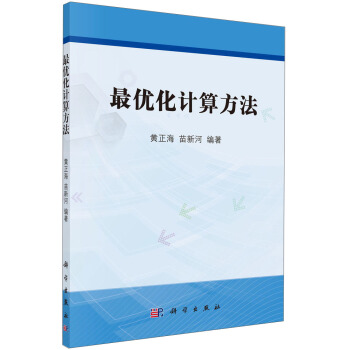
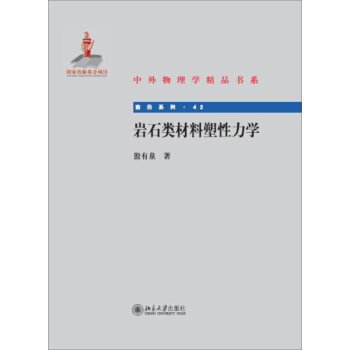
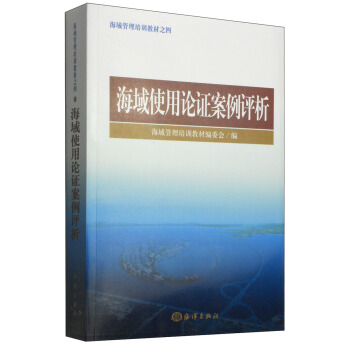
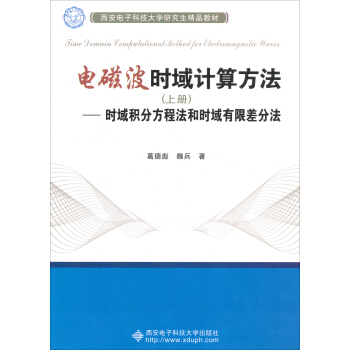
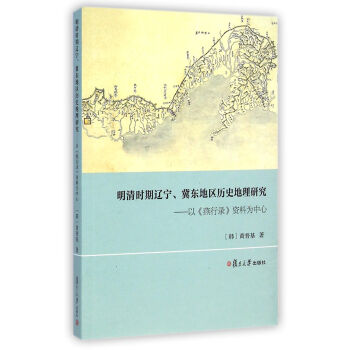


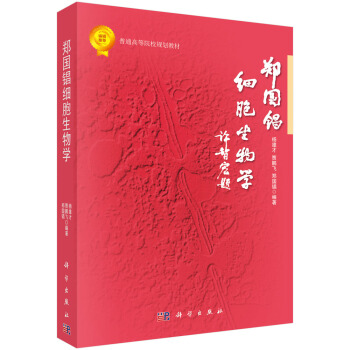

![马尔科夫过程论基础 [The Basic of Markov Processes] pdf epub mobi 电子书 下载](https://pic.tinynews.org/11695422/557e197cNd5ee9d86.jpg)
